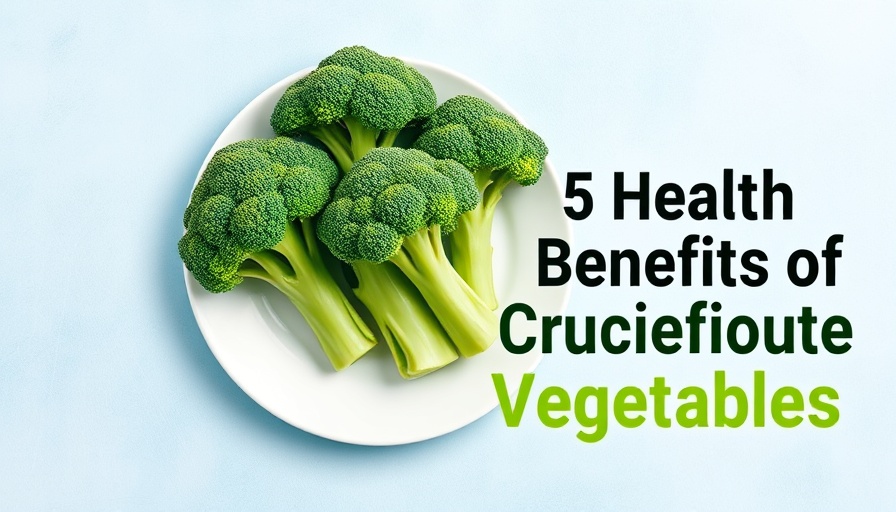
Explore the Surprising Health Benefits of Cruciferous Vegetables
Cruciferous vegetables, often overshadowed by more popular produce, are a powerhouse of nutrition. These vegetables include broccoli, cauliflower, Brussels sprouts, and kale, and they pack a healthful punch. Let’s take a closer look at the remarkable benefits they provide.
In '5 Health Benefits of Cruciferous Veggies', the discussion highlights the incredible nutritional value of these vegetables, prompting us to analyze their health impacts further.
Rich in Nutrients and Antioxidants
One of the biggest advantages of cruciferous vegetables is their dense nutrient content. They are loaded with vitamins C and K, fiber, and various antioxidants that help protect cells from damage. Integrating these veggies into your diet can significantly boost your overall health.
Supports Heart Health
Regular consumption of cruciferous vegetables can lead to improved heart health. Studies suggest that these vegetables help lower cholesterol levels and reduce inflammation, which are essential for maintaining a healthy cardiovascular system. A heart-healthy diet is just a plate full of veggies away!
Aids in Cancer Prevention
Perhaps the most exciting aspect of cruciferous vegetables is their potential role in cancer prevention. Research indicates that certain compounds found in these vegetables, like sulforaphane, may help fight cancer by targeting cancer cells and limiting their growth. Incorporating them into your meals not only nourishes your body, but could also protect it in the long run.
Enhances Digestive Health
The fiber content in cruciferous vegetables promotes healthy digestion. A diet rich in fiber helps regulate bowel movements and supports the growth of healthy gut bacteria, ensuring your digestive system runs smoothly. This is a simple way to fortify your gut health!
Boosts Immune Function
Lastly, cruciferous vegetables are immune boosters. Vitamins, minerals, and the antioxidants they contain equip your immune system to fend off illnesses and infections. Eating a variety of these vegetables can keep you feeling your best and add a layer of protection against common ailments.
In summary, the video '5 Health Benefits of Cruciferous Veggies' sheds light on vital reasons to embrace these nutritional champions. We’ve expanded on some of the benefits that can truly enrich your health, encouraging you not just to savor these vegetables, but to integrate them into your daily meals.
 Add Row
Add Row  Add
Add 




Write A Comment